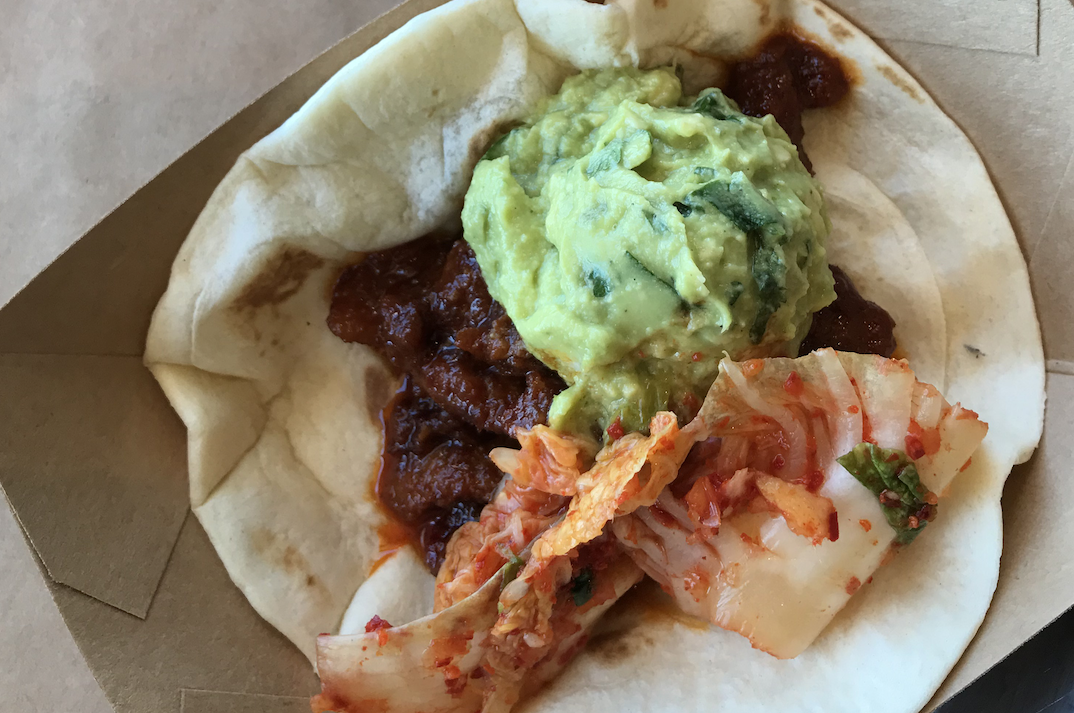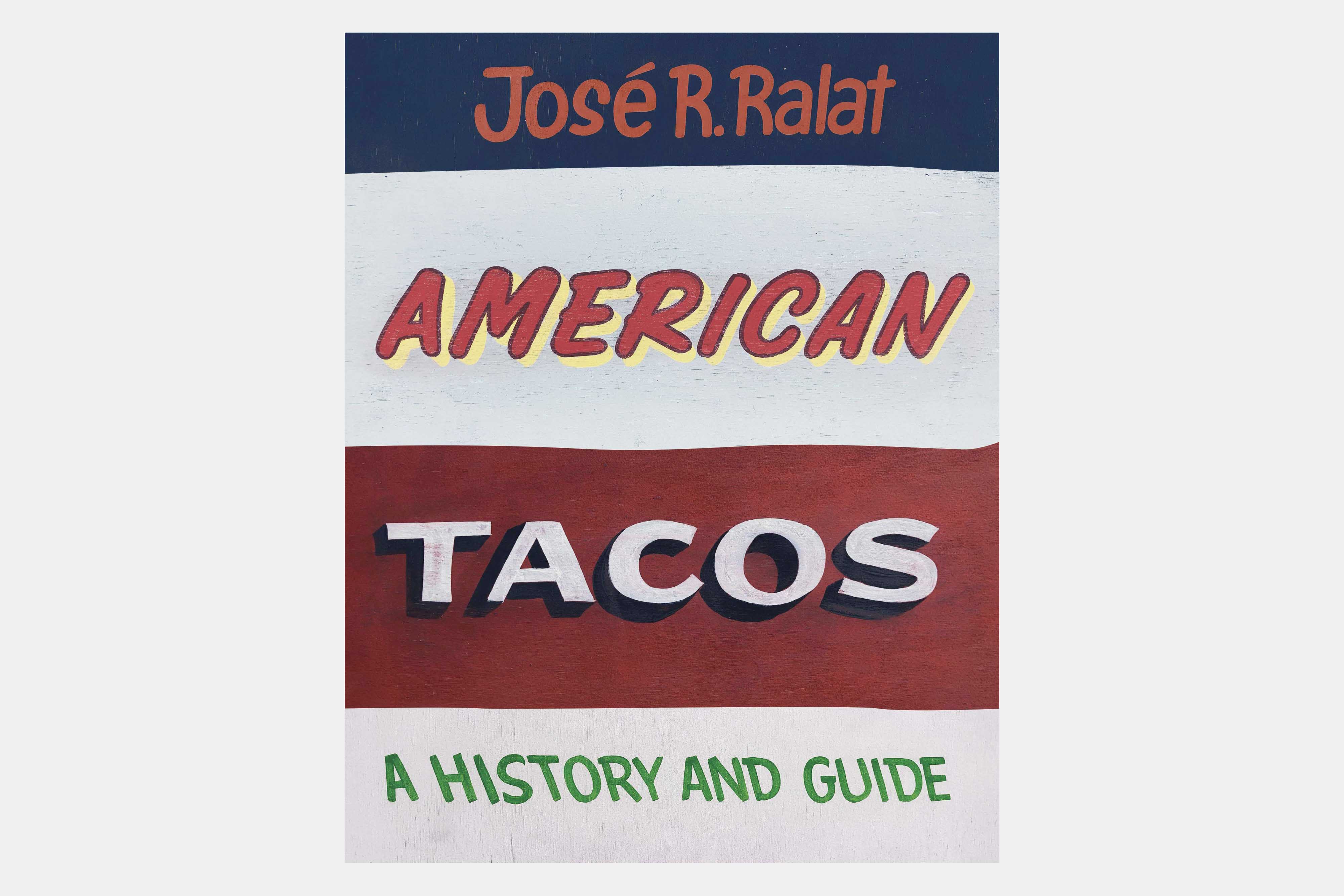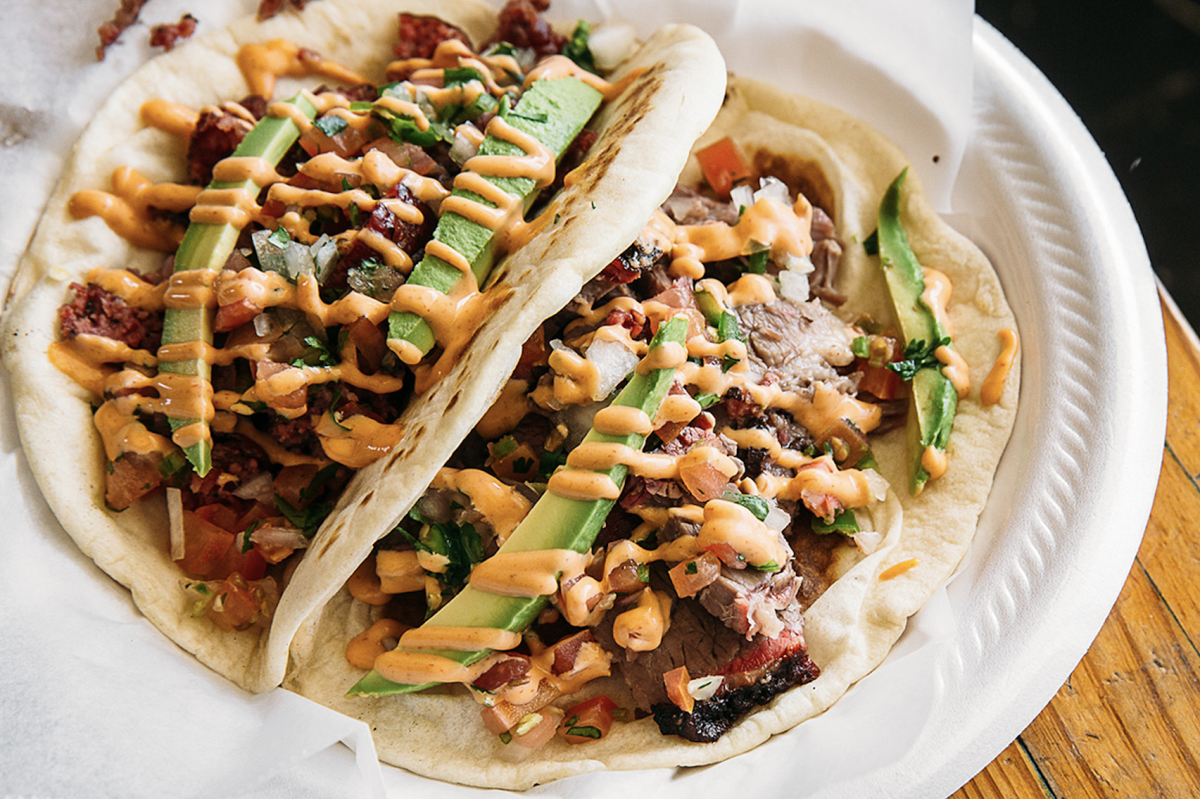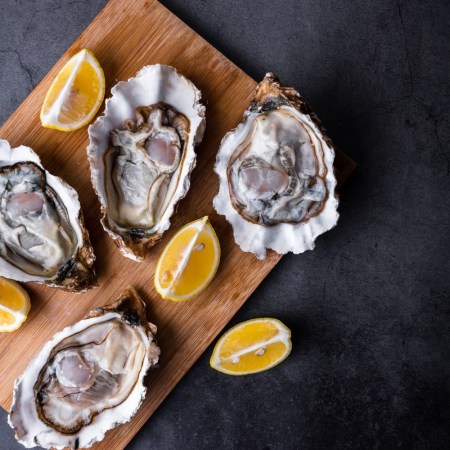In 1887, a weekly Spanish-language newspaper out of Tucson, Arizona, called El Fronterizo printed the phrase “echando tacos,” slang for taco eating, in its daily edition. That was the first ever print mention of tacos in U.S. media. It would certainly not be the last, as Texas Monthly taco editor José R. Ralat tells InsideHook.
“The original foundation of the taco is the corn tortilla,” says Ralat, who is also the author of American Tacos: A History and Guide, out tomorrow (April 15). “Mexican creation tales tell us that Mexicans were formed out of corn. Anything on a corn tortilla is a sacred and treasured dish. It is part of the Mexican national identity.”
And while the taco remains a distinctly Mexican invention today, for many people in the American Southwest (specifically in California and Texas), it’s become a source of regional pride as well.
“A taco physically is three ingredients: the tortilla, the filling, and the salsa,” Ralat says. “The taco intellectually is a representation of its time and place. That being said, there’s a historical record of codified tacos. There is a taco canon and when I eat a taco, I consider whether it has a history. If it does have a history, does the presentation and preparation as a whole reflect an understanding of history, tradition and flavor profiles? Is it faithful to the region or to whatever it’s trying to do? But at the end of the day, if it’s delicious, nothing else matters.”
Originally a fast, versatile, portable food meant to sustain workers, laborers and urban dwellers, the taco has become something of an elevated dish that people are willing to shell out a little bit more for in 2020.

“We had to fight in order to get people to understand that it’s okay to pay $5 for a taco because a taco can have high-quality ingredients,” Ralat says. “They’re so adaptable. They’re so versatile. Eventually, everything finds its way into a tortilla.”
And in the U.S., pretty much everything has found its way in, perhaps most famously in L.A., where chefs like Roy Choi have infused tacos with the flavors of other distinctive cuisines.
“Some people say the taco is a blank slate,” Ralat continues. “They are wrong. It takes a knowledge of history, tradition and flavor profiles to understand what works in a tortilla. At the same time, the taco is representative of a time and place. [Roy Choi’s tacos] are rooted in the 1980s and 1990s, when Mexicans and Koreans were living side by side in southern California. What ends up in a taco is a matter of population shifts, what ingredients are available and what ingredients people want to eat or want to use.”
Perhaps it’s this adaptiveness that has made that taco such a ready and willing American favorite. Our gastronomy is relatively young, on a global level, and has always been a melting pot informed by the various cultures and ethnicities that populate the country. There’s an argument to be made that the taco is no less American than a burger or hot dog, and that argument will only gather steam as the Latin-American population in this country continues to grow.
“Salsa’s more popular than ketchup. I think that pretty much says it all right there,” Ralat says. “I think people just as easily go for tacos as they do burgers. It depends on where you live. I think that Mexican food is the second-most popular cuisine in the U.S. after burgers. I don’t want to say that it’s as American as apple pie, but it is firmly entrenched in the American diet as a staple. Tortillas are available at Walmart. Taco kits are available at Walmart. Taco shops are everywhere. In Chicago, you can just as easily get a pizza as you can a taco. And in the borderlands, such as where I live, when you’re late to work, you bring tacos.”
While fancy restaurateurs may not want to hear it, there’s one institution that probably deserves the lion’s share of the credit for the rise of the taco in America: Taco Bell.
“Taco Bell has historical significance because it helped popularize the crunchy taco and that allowed people to explore other tacos,” Ralat says. “While I personally am not a fan of Taco Bell, it’s extremely important. It’s historically significant and it will always remain so.”
Another factor in the rise of the taco? The recession in 2008.
“That was when you began to see taquerias and tacos gain traction across the U.S. as a fast, cheap alternative,” Ralat says. “I tracked what I consider to be among the top-tier taquerias in Texas, and almost all of them opened up after 2008. Now tacos have become a food that can take on almost anything.”

During a pandemic or an economic downturn (or both), taquerias and Mexican restaurants can continue to operate because they’re among the most adaptable businesses in the food industry, according to Ralat.
“They can pivot and shrink their menu and offer curbside delivery and pickup to the point that they’re eking by,” he says. “Historically, taquerias have been smaller operations run by families, and you can’t fire family. If they need to change something, they can do so almost immediately. These are hard-working people. They are just as hard-working as your immigrant grandparents or great grandparents.”
While it may be a long time until you’re noshing your favorite $10 taco over margaritas at the most popular restaurant in town, Ralat’s is bullish about the future of his food of choice in the wake of the COVID-19 lockdown.
“The taco’s only going to get more popular,” he says. “The taco will endure, it will flourish. It is unstoppable.”
Join America's Fastest Growing Spirits Newsletter THE SPILL. Unlock all the reviews, recipes and revelry — and get 15% off award-winning La Tierra de Acre Mezcal.
























